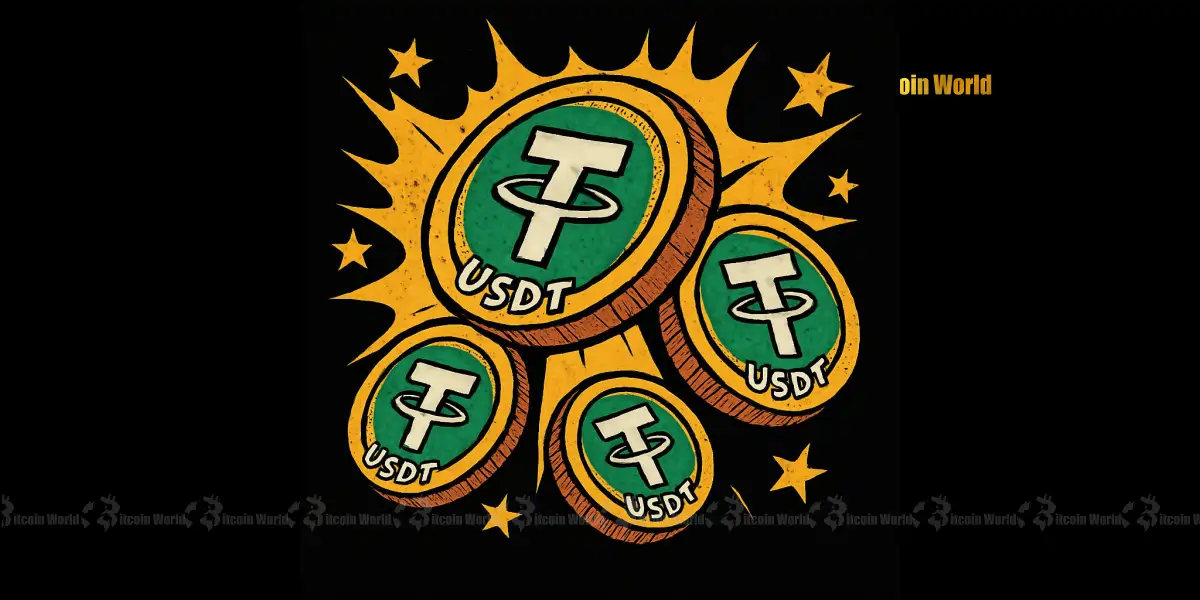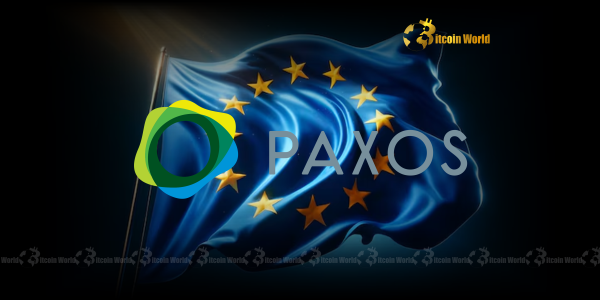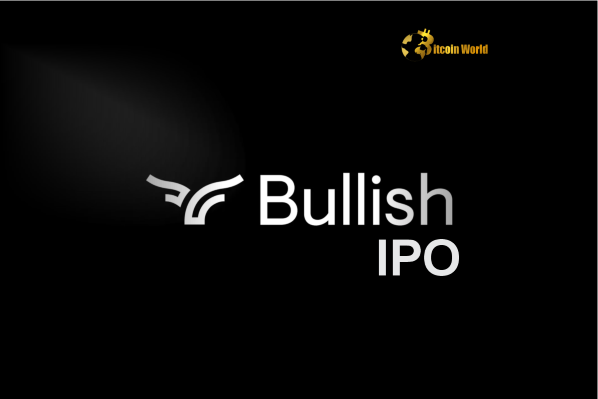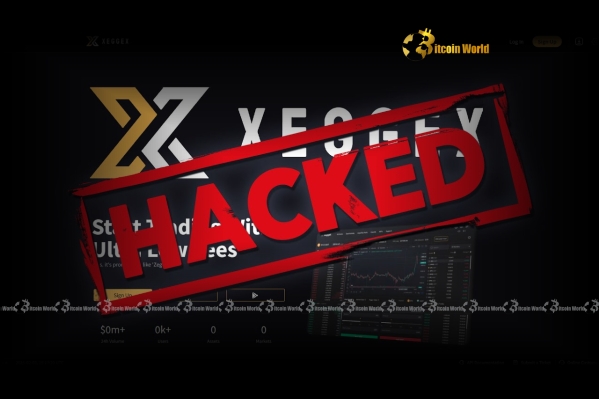BitcoinWorld
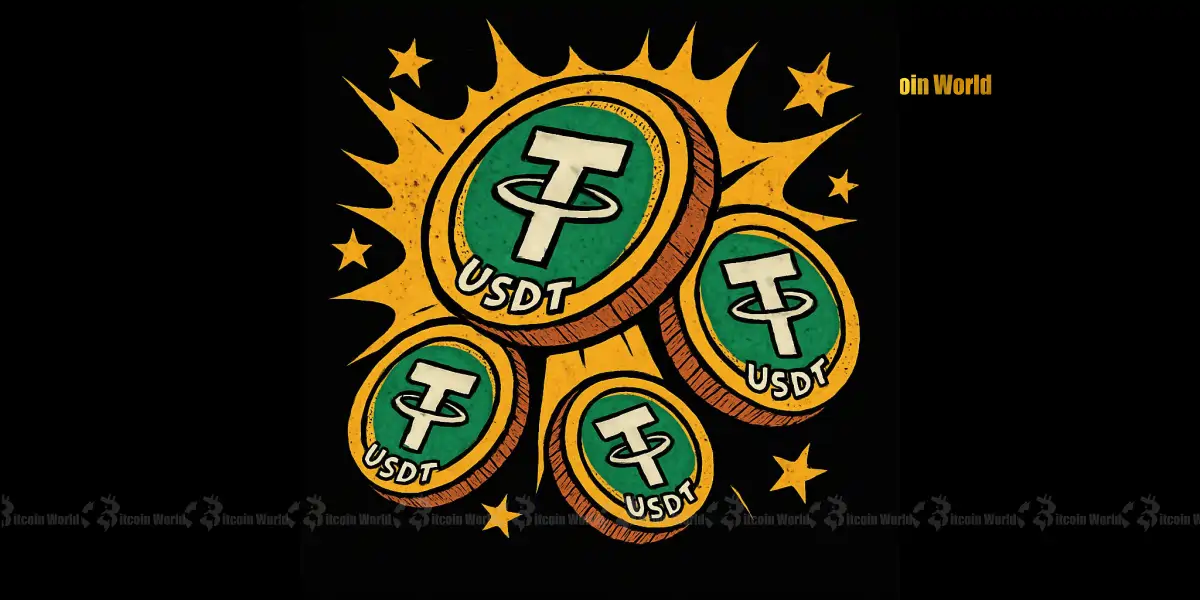
Massive USDT Transfer: Over $200 Million Moves from HTX to Aave, Signifying Bullish Confidence
Massive USDT Transfer: A recent seismic shift in the cryptocurrency landscape has caught the attention of market observers, as a staggering 205,999,990 USDT, valued at approximately $206 million, was reported by Whale Alert to have moved from the HTX exchange to the Aave decentralized finance protocol. This monumental transaction isn’t just a number; it’s a powerful signal reverberating through the digital asset ecosystem, prompting questions about strategic moves by significant market players and the evolving dynamics between centralized exchanges and decentralized finance. What does such a colossal movement of stablecoins truly signify for the future of crypto?
What Just Happened? Decoding the $206 Million USDT Transfer
The crypto community was abuzz when Whale Alert, a prominent blockchain tracking service, flagged an enormous USDT transfer. The specifics are striking: nearly 206 million Tether (USDT), a stablecoin pegged to the US dollar, migrated from HTX, a well-known centralized cryptocurrency exchange, directly into Aave, one of the leading decentralized lending protocols. This isn’t your everyday retail transaction; it’s a move indicative of a significant entity – often referred to as a crypto whale – making a calculated decision. Such large-scale movements are meticulously tracked because they often precede or reflect broader market sentiment or strategic shifts. This particular transfer highlights the increasing sophistication and trust being placed in decentralized finance mechanisms.
Understanding the Giants: HTX, Aave, and the Power of USDT
To fully grasp the implications of this USDT transfer, it’s essential to understand the key players involved:
- HTX Exchange: Formerly known as Huobi, HTX is a veteran in the centralized exchange space. It has long served as a major gateway for users to buy, sell, and trade a wide array of cryptocurrencies. Exchanges like HTX are crucial liquidity providers, acting as central hubs where millions of transactions occur daily. The movement of such a large sum out of a centralized exchange and into DeFi is noteworthy, suggesting a potential shift in where large holders prefer to manage their capital.
- Aave Lending Protocol: Aave stands as a cornerstone of the decentralized finance (DeFi) ecosystem. It’s a non-custodial liquidity protocol where users can participate as depositors or borrowers. Depositors provide liquidity to earn passive income, while borrowers can obtain loans in an overcollateralized (or undercollateralized for flash loans) manner. Aave’s smart contracts manage the entire process, removing the need for intermediaries. This makes it a prime destination for large stablecoin deposits, offering opportunities for yield generation.
- USDT (Tether): As the largest stablecoin by market capitalization, USDT plays a pivotal role in the crypto economy. Pegged 1:1 to the US dollar, it acts as a reliable bridge between fiat and crypto, offering stability in volatile markets. Large USDT transfers are common for liquidity provision, arbitrage, or, as in this case, potentially for leveraging DeFi opportunities. Its stability makes it an ideal asset for parking significant capital while exploring yield opportunities without exposure to crypto price volatility.
Why Do Crypto Whales Make Such Massive Moves?
When a crypto whale orchestrates a transaction of this magnitude, it’s rarely arbitrary. There are several strategic reasons why a holder might move such a vast amount of USDT from a centralized exchange like HTX to a DeFi protocol like Aave:
- Yield Generation: One of the most compelling reasons is to earn yield. Aave offers competitive interest rates for stablecoin deposits, allowing holders to earn passive income on their assets. For a sum of $206 million, even a modest annual percentage yield (APY) can translate into substantial daily earnings, far exceeding what traditional banking systems offer.
- Leveraging Opportunities: Depositing USDT on Aave can serve as collateral to borrow other cryptocurrencies. This allows the whale to take leveraged positions, potentially capitalizing on market movements without selling their initial USDT holdings.
- Liquidity Provision: By adding such a significant amount of liquidity to Aave, the whale contributes to the protocol’s overall health and efficiency, making it easier for others to borrow and lend. This can also be part of a broader strategy to participate in Aave’s governance or ecosystem.
- Diversification of Risk: While centralized exchanges offer convenience, they come with counterparty risk. Moving funds to a decentralized protocol like Aave can be a way to diversify risk, distributing assets across different types of platforms.
- Strategic Positioning: This could also be a move to position for upcoming market events, new DeFi initiatives, or even to influence liquidity dynamics within the Aave ecosystem.
What Does This Mean for Aave Lending and the Broader DeFi Ecosystem?
The arrival of nearly $206 million in USDT significantly impacts Aave lending and, by extension, the wider decentralized finance landscape.
For Aave:
- Increased Total Value Locked (TVL): This single USDT transfer instantly boosts Aave’s TVL, a key metric indicating the total value of assets locked within the protocol. A higher TVL signifies greater liquidity, robustness, and trust in the platform.
- Enhanced Lending Capacity: More USDT means Aave has a larger pool of funds available for borrowers. This can lead to more competitive borrowing rates and a healthier lending market within the protocol.
- Reinforced Trust: A whale entrusting such a massive sum to Aave sends a powerful message of confidence in the protocol’s security, smart contract integrity, and overall stability. This can attract more users and institutional interest.
For the Broader DeFi Ecosystem:
- Validation of DeFi Protocols: This move serves as a strong validation of the maturity and reliability of leading DeFi protocols. It underscores that decentralized platforms are increasingly seen as viable and secure alternatives for managing substantial capital.
- Bridging CeFi and DeFi: It exemplifies the ongoing trend of capital flowing from centralized finance (CeFi) entities like HTX into DeFi. This bridge is crucial for the mainstream adoption and integration of decentralized technologies into the broader financial world.
- Market Confidence: Large stablecoin inflows into DeFi lending platforms can signal a bullish outlook on the underlying assets or a desire to accumulate yield while waiting for clearer market direction. It suggests that significant capital holders are actively seeking opportunities within the decentralized space.
Navigating the Intersection: Centralized Exchanges and DeFi Protocols
The movement of funds from the HTX exchange to Aave is a prime example of the evolving relationship between centralized finance (CeFi) and decentralized finance (DeFi). While they often appear to be competing paradigms, they are increasingly interdependent. Centralized exchanges like HTX often serve as the primary on-ramps for fiat currency into the crypto ecosystem. They provide the initial liquidity and trading infrastructure. However, once assets are acquired, large holders, including crypto whales, often seek the advanced functionalities and yield opportunities offered by DeFi protocols. This seamless flow of capital from CeFi to DeFi highlights a maturation of the crypto market, where users can leverage the strengths of both systems. It underscores that while CeFi provides accessibility, DeFi offers innovation and potentially higher returns, driving a symbiotic relationship rather than an adversarial one.
Actionable Insights for Your Crypto Journey
Understanding such significant market movements can provide valuable insights for your own crypto investment strategy.
- Monitor Whale Activity: While not a direct signal to buy or sell, observing large USDT transfers and other whale movements can offer clues about market sentiment and potential strategic plays by major holders. Tools like Whale Alert make this accessible.
- Explore DeFi Opportunities: This transaction underscores the attractive yields available in Aave lending and other DeFi protocols. Research and understand how these platforms work, starting with stablecoin deposits to minimize volatility risk.
- Understand Risk Management: While DeFi offers opportunities, it also carries risks, including smart contract vulnerabilities, impermanent loss, and fluctuating interest rates. Always do your due diligence and start with amounts you are comfortable losing.
- Diversify Your Portfolio: Don’t put all your eggs in one basket. Consider a mix of centralized exchange holdings, hardware wallet storage, and exposure to reputable DeFi protocols.
- Stay Informed: The crypto space evolves rapidly. Continuously educating yourself on new protocols, market trends, and security best practices is crucial for navigating this dynamic environment successfully.
The nearly $206 million USDT transfer from the HTX exchange to the Aave lending protocol is more than just a large transaction; it’s a powerful narrative unfolding in the crypto world. It showcases the strategic confidence of a crypto whale in the robust capabilities of a leading DeFi protocol. This event reinforces the growing trust in decentralized finance, its ability to offer compelling yield opportunities, and its increasing integration with centralized crypto infrastructure. As capital continues to flow between these two crucial segments of the digital asset economy, such movements will undoubtedly continue to shape market dynamics, pushing the boundaries of what’s possible in the world of finance. This monumental shift signals a bullish confidence in the future of decentralized financial systems.
To learn more about the latest crypto market trends, explore our article on key developments shaping the DeFi protocol landscape and institutional adoption.
This post Massive USDT Transfer: Over $200 Million Moves from HTX to Aave, Signifying Bullish Confidence first appeared on BitcoinWorld and is written by Editorial Team

